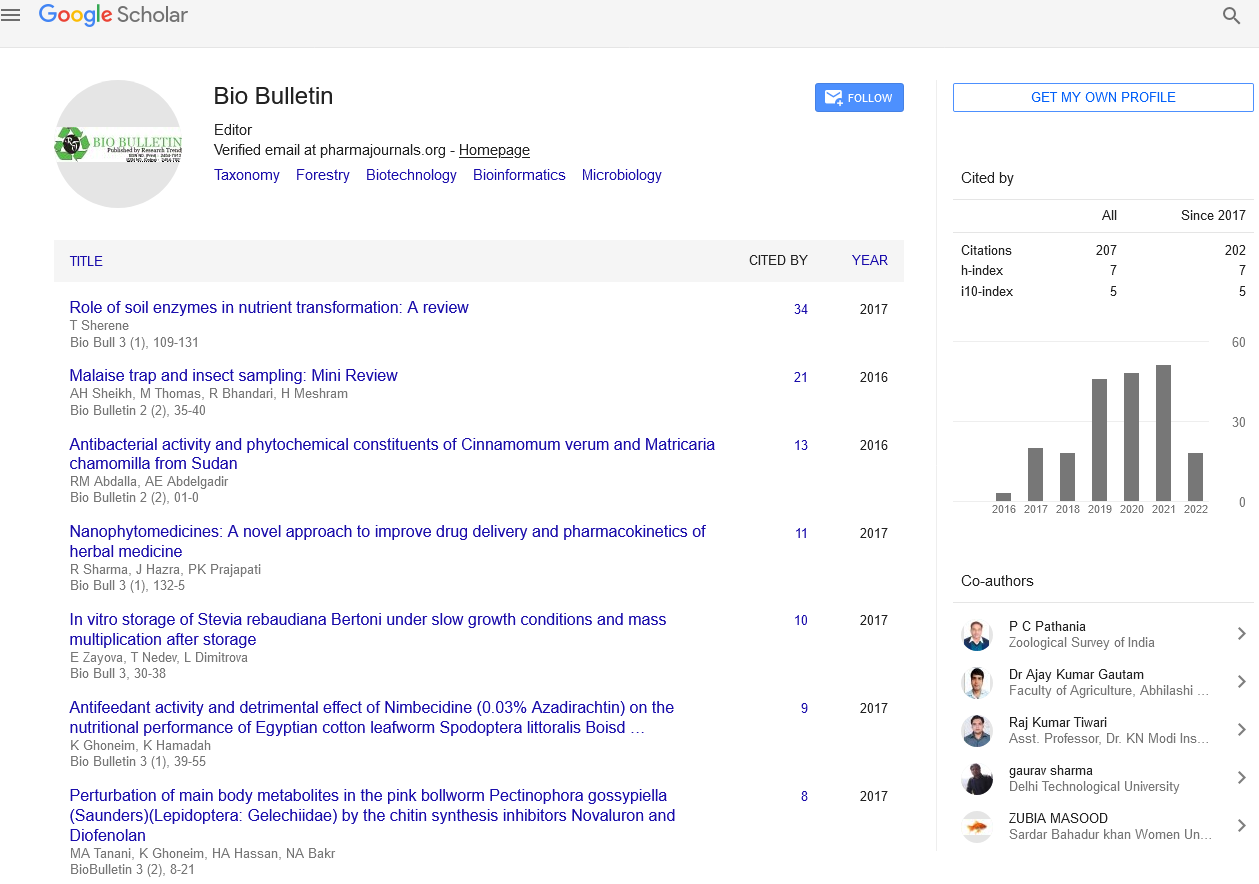Organelle Dynamics and Membrane Re-Organization
Commentary - (2021) Volume 7, Issue 3
Description
High-resolution imaging can generate thousands of single particle trajectories. These data can potentially reconstruct subcellular organization and dynamics and measure disease-related changes. However, there is still a lack of calculation methods that can derive quantitative information from such a massive data set. Here, we propose data analysis and algorithms that are widely applicable to reveal local attachment and transport interactions and dynamic subcellular site organization. We apply this analysis to the endoplasmic reticulum and neural membrane. This method is based on spatio-temporal window segmentation, which can perform multi-level inspection of data and identify the structure and boundaries of high-density regions within hundreds of nanometers. Through statistical analysis of a large number of data points, this method can measure stability in the nanometer range. By connecting high-density regions, we reconstructed the network topology of ER and the redistribution of molecular flow and local space explored through trajectories. The trajectories are divided into appropriate scales to extract a limited number of trajectories, so that the dynamic interaction between lysosomes and ER can be quantified. The last step of the process shows the trajectory movement relative to the whole, which makes it possible to reconstruct the dynamics of the normal ER and mutants. Our method enables users to track previously inaccessible large-scale dynamics from large data sets at high resolution. The algorithm can be used as an Image plug-in, and users can apply it to large data sets with overlapping trajectories.
The subcellular compartment is a concentrated place where a large number of molecules interact dynamically to support cell functions. The trajectories of ions and proteins moving between the cytoplasm, plasma membrane, and organelles are critical to cell function. This dynamic occurs in the Endoplasmic Reticulum (ER), mitochondrial network, endosomes, lysosomes, and microtubules, and is affected by the local characteristics of these different environments. Several experimental paradigms can measure the movement of these constituent molecules in subcellular locations, including mutual Fluorescence Recovery After Photobleaching (FRAP), which locally consumes fluorescence and measures the time scale and percentage of recovery. Analysis of these data can reveal human trafficking at the population level. In contrast, photoactivation involves the activation of molecules in local areas of cells and shows their spread in a short period of time. When combined with diffusion modeling and stochastic simulation, various biophysical properties can be measured, including diffusion coefficient, recovery rate, and time scale. These methods provide information about the dynamic function of organelles, but are not sufficient to identify and reconstruct high-density areas. These methods also cannot study the stability of phase separation or study local space through molecules with nanometer resolution. Statistical analysis of a large number of super-resolution single-particle trajectories SPT may reveal local molecular interactions. The molecules are not uniformly distributed within the cell, but form heterogeneous aggregates, possibly in phase- separated nanodomains, which are characterized by High-Density Regions (HDR). These areas are characterized by reduced speed and restricted molecular motion. These local areas may be rich in calcium channels on nerve synapses and calcium entry receptors for memory surgery, such as STIM1 on spinal devices, and can also be found on ER nodes. Interestingly, these ubiquitous structures are short-lived, but on a time scale last longer than molecular transport. In short, many interactions that are important to cells are regulated and controlled by subcellular mechanisms that are currently not easily captured by quantitative analysis.
Author Info
Baljeet Saharan*Received: 15-Sep-2021 Accepted: 29-Sep-2021 Published: 05-Oct-2021
Copyright: This is an open access article distributed under the terms of the Creative Commons Attribution License, which permits unrestricted use, distribution, and reproduction in any medium, provided the original work is properly cited.

